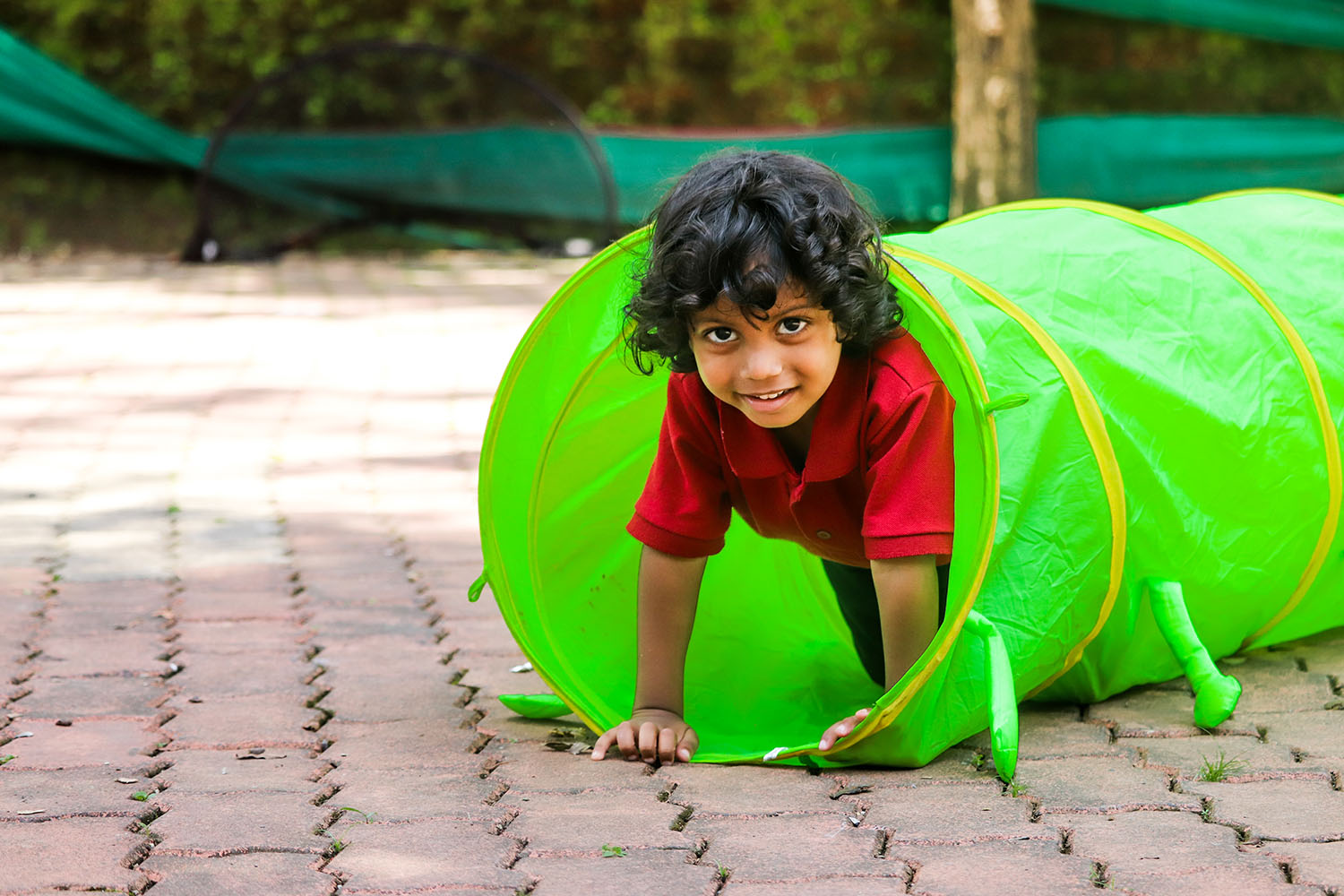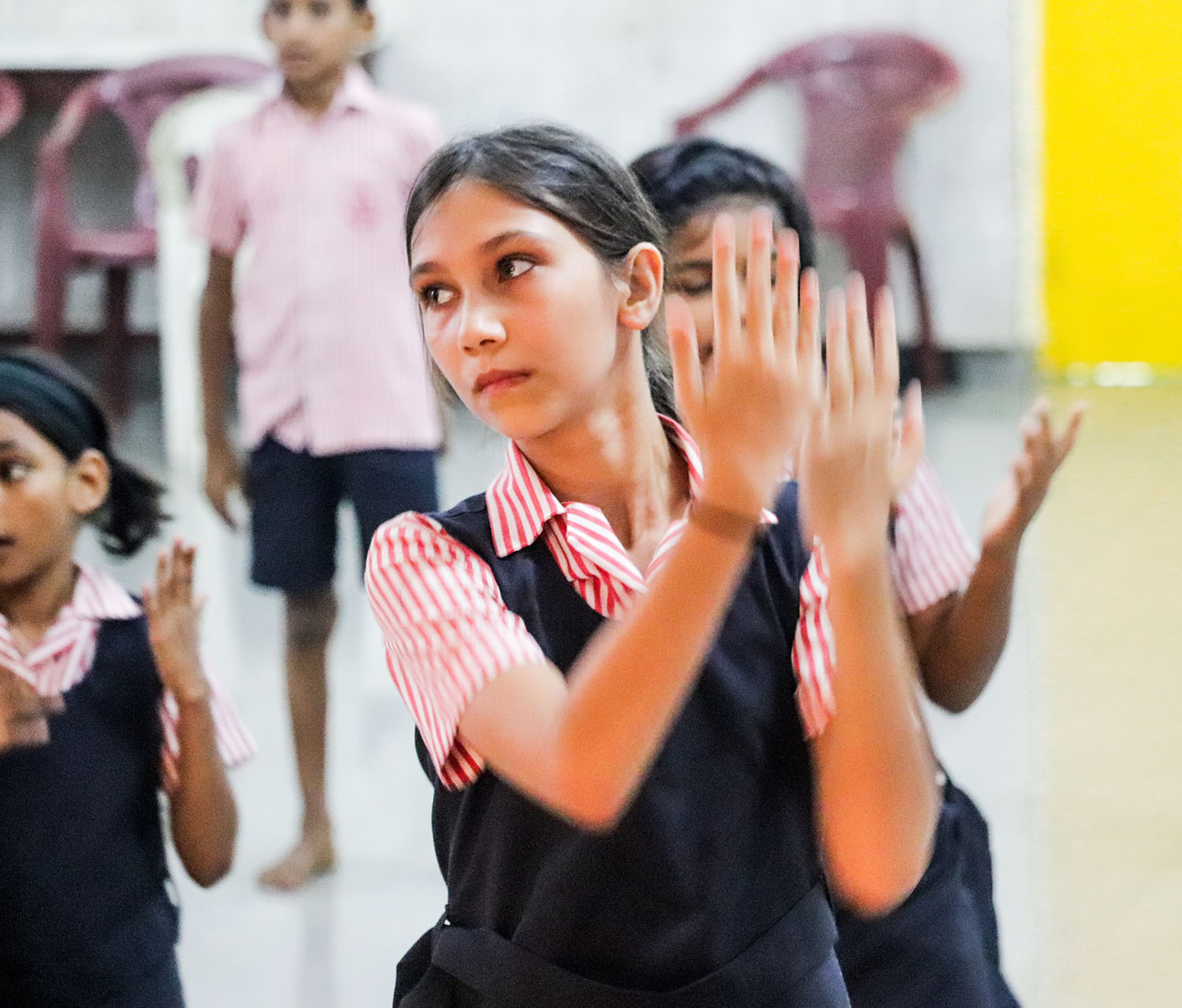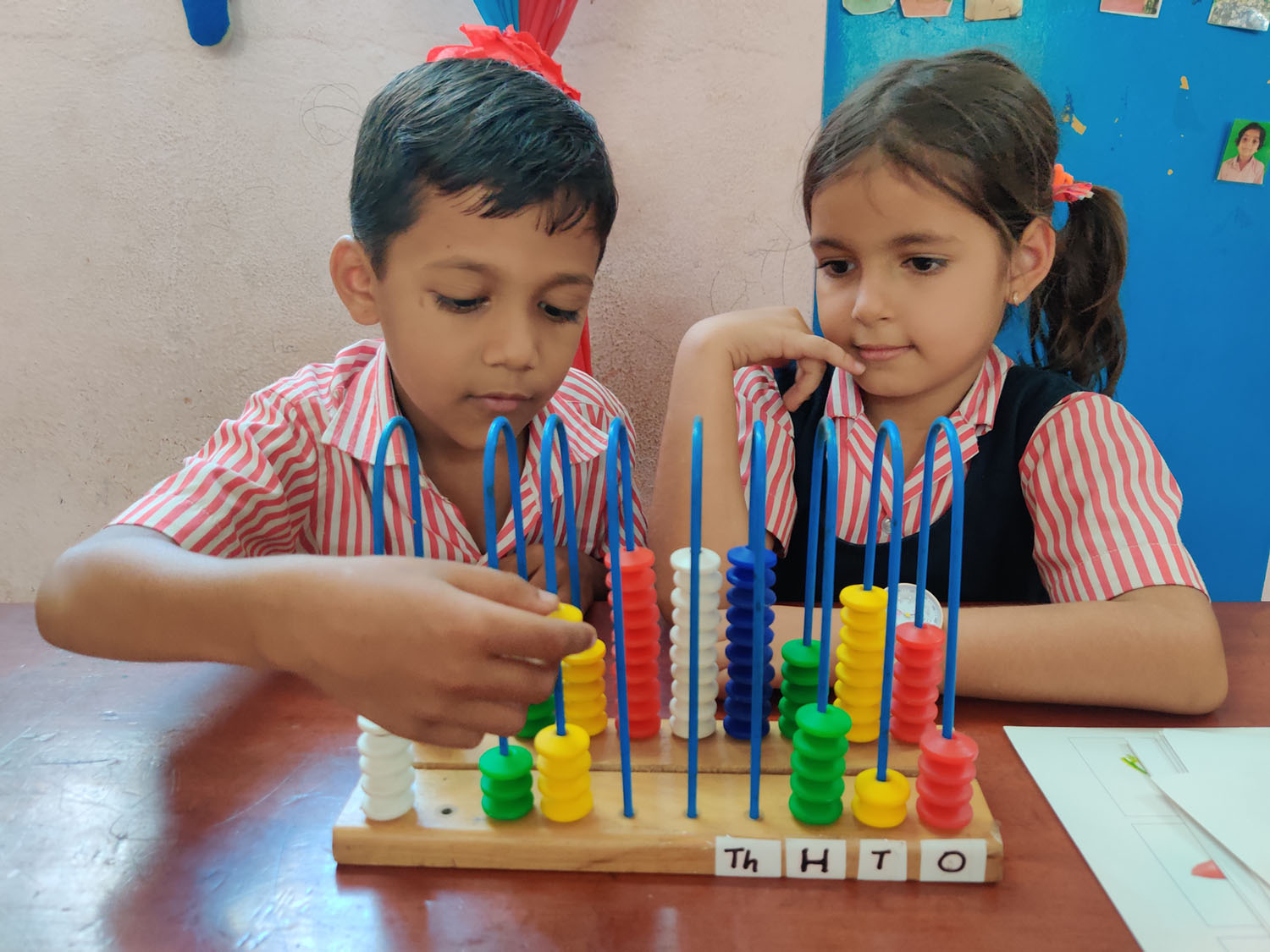Some basics can help you find the perfect fit for your child
Choosing the right primary school for your child can feel like a big decision—and it is! After all, this is where your little one will spend a significant chunk of their childhood, laying the foundation for their academic journey and social development. But don’t worry, with some careful consideration and a bit of research, you can find a school that’s the perfect fit for your child and your family. Here’s a guide to help you through the process.
Each child is unique
First off, think about your child’s needs. Every child is unique, so it’s important to find a school that aligns with their personality, interests, and learning style. For example, if your child is very social and loves group activities, a school that emphasizes collaborative learning might be a good fit. On the other hand, if they’re more independent or have specific interests, a school that offers personalized learning plans or a strong focus on certain subjects could be ideal.
The Approach to Education
Next, consider the school’s approach to education. Different schools have different teaching philosophies, so it’s important to find one that resonates with your own values. Some schools focus heavily on academics and standardized testing, while others emphasize creativity, critical thinking, or a balanced approach that includes physical activity and arts. Take the time to research and visit schools to get a feel for their culture and educational approach. Don’t be afraid to ask questions about how they handle homework, discipline, and student support.
Location is another practical factor to consider. Ideally, the school should be within a reasonable distance from your home or work, making drop-offs and pick-ups easier and less stressful. Also, think about the community around the school. A strong, supportive school community can make a big difference in your child’s experience. Look for schools where parents are actively involved, and where there are plenty of opportunities for families to connect through events and activities.
Small-size classrooms help give individual attention
The size of the school is another consideration. Some children thrive in smaller schools where they can get more individual attention, while others might enjoy the diversity and resources that larger schools offer. Consider how your child might respond to different environments. Smaller schools often provide a close-knit, family-like atmosphere, while larger schools might have more extracurricular activities, advanced facilities, and a wider range of academic programs.
Also, don’t overlook the school’s facilities and resources. Modern classrooms, well-stocked libraries, and up-to-date technology can enhance your child’s learning experience. If your child is interested in sports, music, or art, check out the school’s extracurricular offerings and facilities in those areas. A school with a strong commitment to extracurricular activities can provide a more well-rounded education.
Trust your instincts
Lastly, trust your instincts. After visiting schools, talking to teachers, and gathering all the information, you’ll likely have a gut feeling about which school is the right one for your child. While it’s important to consider all the practical factors, don’t discount your intuition. You know your child better than anyone, and if a school feels like the right fit, it probably is.
In conclusion, selecting the right primary school for your child is about finding a place where they will be happy, supported, and challenged in all the right ways. By considering your child’s needs, the school’s educational approach, location, size, facilities, and trusting your instincts, you can make a decision that sets your child up for success. Remember, there’s no one-size-fits-all answer, so take your time, do your research, and choose a school where your child can thrive.
Come visit Shanti Niketan International school and let’s talk about your child’s needs and growth.



